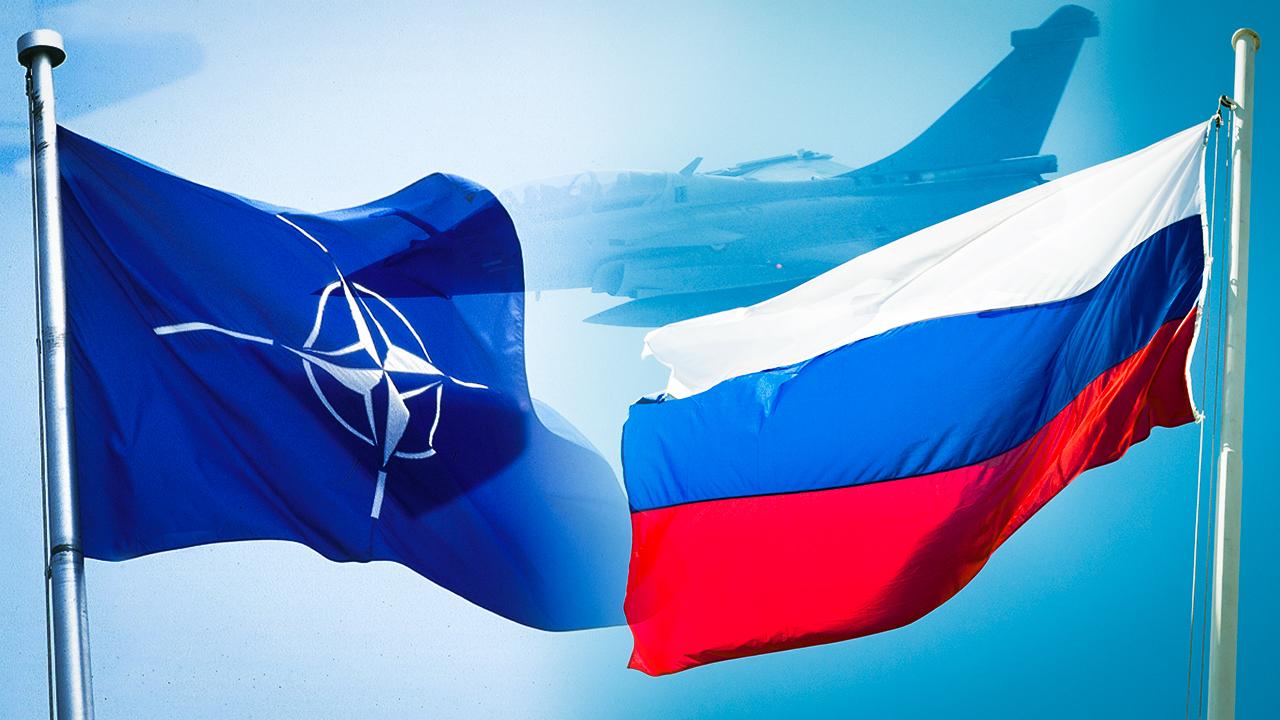Key Points and Summary – Russia’s mass strike on Ukraine spilled into NATO airspace when 19 drones crossed from Belarus into Poland, forcing intercepts and an Article 4 consultation.
-Warsaw, backed by allied F-35s, ISR and German Patriot units, downed multiple drones but stopped short of triggering Article 5.
-Analysts see a deliberate probe of integrated air defenses, a salami-slice test of resolve, and exploitation of ambiguity via Belarus.
-The real danger is escalation by accident—debris casualties, mistaken identity, or a panicked shot. The prudent course is firm interceptions, redlines and layered air defense, paired with restraint to deter further tests without stumbling into war.
Russia and NATO: War Coming Soon?
In the early hours of September 10, 2025, nineteen Russian military drones violated Polish airspace before being downed. Airports in Warsaw, Rzeszów, Lublin, and Modlin were closed, and parts of a downed drone struck a residential building in the Lublin region.
Nobody was injured, but the incursion forced NATO for the first time into direct kinetic confrontation with Russia. The direct political effect of the violation of Poland’s airspace was that it provoked Warsaw to invoke Article 4 of the North Atlantic Treaty, which allows any member to request consultation if its territorial integrity or security is threatened.
The proposition that such an incursion was inadvertent is dubious at best. The mass, precision, and coordination of the event, synchronized with Russia’s heaviest missile-and-drone barrage against Ukraine to date, strongly suggest a provocative and intentional salvo. The German defense minister has stated that the drones appeared to be deliberately programmed for entry into Polish territory, rather than drifting off course by accident.
Probing Mission
If intentional, there are several reasons why. First, the violation could have been a calculated effort to probe Polish and allied air-defense systems. These networks have only recently been upgraded and integrated with NATO systems, and Moscow has a long history of probing military capabilities, from buzzing allied ships in the Baltic Sea to testing radar coverage in the High North. Such incursions are not random acts of bravado but rather choreographed opportunities to test Western resolve and response.
Second, the incursion could be part of a salami-slice strategy: incremental transgressions designed to gradually weaken alliance resolve without provoking Article 5. Each individual incursion may not reach the threshold of collective defense, yet cumulatively they erode political will and patience within Western publics. Russia benefits either way—either it risks escalation from NATO by responding forcefully or risks empowering Moscow by being seen to capitulate.
Third, the use of Belarus as a staging area for the drones would provide the Kremlin with plausible deniability. Hybrid conflict has demonstrated that ambiguity is itself a weapon. If such incidents can be explained away as accidents or the actions of proxies, Moscow can avoid full accountability while sowing discord within NATO.
Drone Fallout
The political repercussions were swift. Prime Minister Donald Tusk stated that Poland now found itself nearer to an open shooting war than at any point since World War II. NATO Secretary-General Mark Rutte described the actions as reckless.
Polish fighters, with support from Dutch F-35s as well as allied Intelligence, Surveillance, and Reconnaissance (ISR), and tanker aircraft, shot down several of the drones. German Patriot batteries based in Poland were credited for detection and scrambled to a higher level of readiness. This invasion was the first time NATO forces had engaged to defend allied airspace since the current war in Ukraine.
Crucially, the alliance did not invoke Article 5, the clause that treats an attack on one NATO member as an attack on all. Poland instead invoked Article 4, which allows any member to request consultation if its territorial integrity or security is threatened.
The difference is significant. Article 4 is a signal of distress and a call for allied consultation. Still, it does not automatically commit NATO to collective retaliation. By containing the issue to Article 4, Warsaw and its allies preserved room to maneuver. They avoided placing the alliance on an escalatory course.
The decision to hold back from invoking Article 5 is the core of what must be a US-led NATO policy of restraint: reacting firmly enough to deter further aggression, but not to the point of committing the alliance to war.
hat U.S. Army Staff Sgt. Alexander Trott, a paratrooper with 1st Squadron, 91st Cavalry Regiment, 173rd Airborne Brigade, fires his MK22 Advanced Sniper Rifle during sniper training at the 7th Army Training Command’s Grafenwoehr Training Area, Germany, June 7, 2024. A 1-91 CAV sniper team will participate at the International Danish Sniper Competition later this month. The 173rd Airborne Brigade is the U.S. Army’s Contingency Response Force in Europe, providing rapidly deployable forces to the United States European, African, and Central Command areas of responsibility. Forward deployed across Italy and Germany, the brigade routinely trains alongside NATO allies and partners to build partnerships and strengthen the alliance. (U.S. Army photo by Markus Rauchenberger)
The worst-case scenario isn’t a cold, calculated Russian decision to lash out at the West, but rather a loss of control or an accident. A kinetic incursion that kills civilians because of a stray hunk of shrapnel, a mistaken identity case in the middle of a frenetic scramble, or a panicked overreaction from an overstressed pilot could set off an escalatory chain reaction that no one wants or expects. The entire eastern flank is now an escalation-saturated environment; every radar track, every scramble is a disaster waiting to happen.
Restraint in this case is not a sign of weakness but of strategic discipline. By decisively intercepting incursions and maintaining control over the political temperature, NATO preserves its command of the escalation ladder. The alternative is a reactive cycle in which every provocation generates a larger counter-provocation, leading to a confrontation no one desires.
Yes, the Poland Incident Could Mean a NATO-Russia War Is Possible
The 9 September events demonstrate two interlocking realities. First, the prospect of a NATO–Russia war is no longer an abstraction. Moscow has shown a willingness to test NATO directly. Second, the most likely path to such a conflict is not through deliberate escalation but through miscalculation. The means to a wider war exist; the question is which one. Technical failure, human error, or political panic could cause escalation to spiral in a single instant.
The case of Poland proves that Europe is already in a new, more dangerous phase of geopolitical instability. Russian actions may be the result of calculated probing, salami-slicing, or adventuristic opportunism shrouded in plausible deniability. They may be choreographed or they may be improvised.
In either case, however, the escalatory ladder is being ascended. Clarity of purpose, unity of response, and the discipline of restraint will be required to ensure that the climb does not become a stampede to open conflict.
*About the Author: Dr. Andrew Latham
Andrew Latham is a Senior Washington Fellow with the Institute for Peace and Diplomacy, a non-resident fellow at Defense Priorities, and a professor of international relations and political theory at Macalester College in Saint Paul, MN. You can follow him on X: @aakatham. He writes a daily column for National Security Journal.
Source: https://nationalsecurityjournal.org/the-road-to-a-nato-russia-war/






